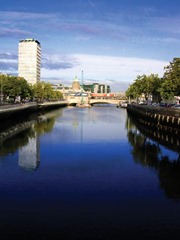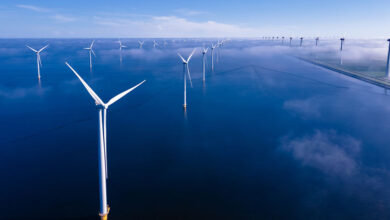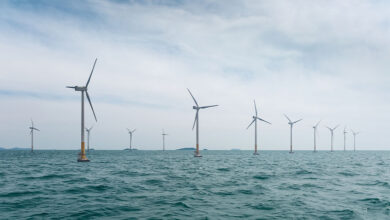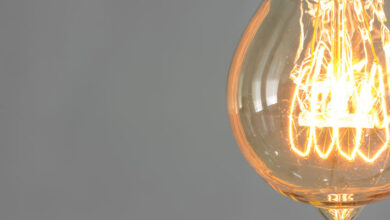Our water resources
 Although water quality in Ireland is favourable when compared to other EU member states, there are still major challenges to meet the targets of the Water Framework Directive (WFD).
Although water quality in Ireland is favourable when compared to other EU member states, there are still major challenges to meet the targets of the Water Framework Directive (WFD).
Sewage and diffuse agricultural sources are the main threats to the quality of Ireland’s waters. Groundwater is important as a source of drinking water, providing approximately a quarter of drinking water nationally. It also has a significant impact on the ecology of rivers, lakes and estuaries. The bulk of poor-status groundwater bodies are in areas where groundwater is contributing significant loads of phosphate because of eutrophication from diffuse sources. There are also a small number of water bodies at ‘less than good’ status because of site-specific contamination.
Over 13,000km of river channel is assessed by the EPA on an on-going basis and the most recent assessments show that 71 per cent of river channel is unpolluted. In 2010, seven river basin management plans (RBMPs) were submitted to the European Commission and included programmes of measures for the restoration or maintenance of the status of all water bodies by 2015, 2021 or 2027. The plans detail measures for around 5,500 water bodies.
Monitoring for WFD purposes started in 2007. For the period 2007-2009, 52 per cent of river water bodies are classified as having good or better ecological status, 28 per cent of river water bodies are classified as being moderate, 19 per cent as poor and 1 per cent as bad.
Tackling pollution
The main challenges for water quality management in Ireland include the elimination of serious pollution associated with point sources and tackling diffuse pollution. Point source pollution is easier to identify but is usually more expensive to control than diffuse pollution. Large point sources usually require investment in infrastructure. Although 93 per cent of urban waste water discharges currently receive secondary treatment, 46 per cent of waste water treatment plants did not meet all waste water quality standards.
Diffuse pollution caused primarily by agricultural sources is being tackled by a range of measures, including the implementation of the Nitrates Action Plan under the EU Nitrates Directive. A code of good agricultural practice (GAP) is now mandatory for all farms and the Department of Agriculture, Food and the Marine undertakes around 3,500 surveys each year. In most rural areas, domestic dwellings use septic tanks for waste water treatment. New legislation was passed in 2012 and a registration system is being implemented.
The use of legislative measures in an integrated way is also a key challenge. By focusing on rivers, where monitoring has identified particular causes of pollution, these will help to reduce pollutant loading into lakes and coastal waters as well as improving river quality.
The state of Ireland’s water resources
• 71 per cent of river channel is at high or good status
• 44.6 per cent of lake area monitored is at high or good status
• 64 per cent of the area of transitional and coastal waters is at high or good status
• 85.6 per cent of the area of groundwater aquifers is at good status





